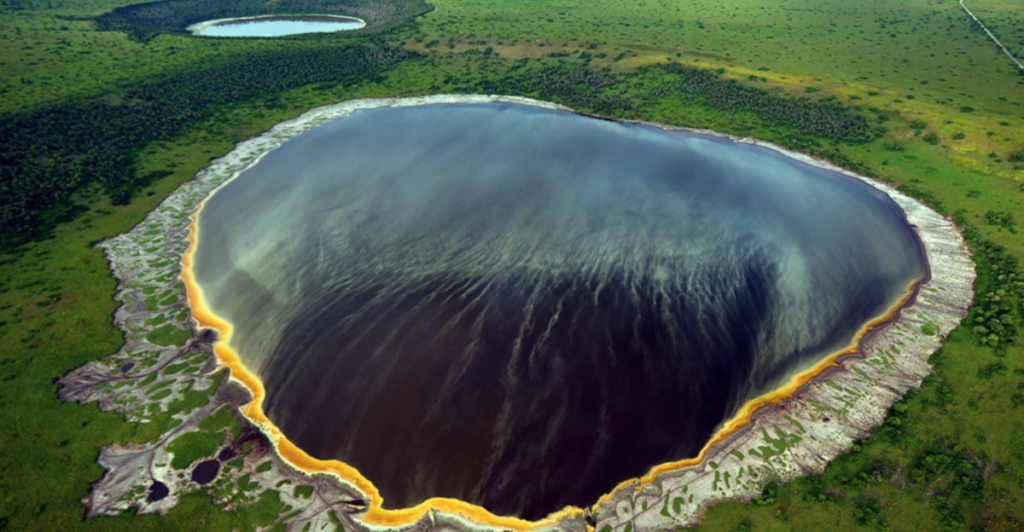
There has been a recent surge of strange and unexplained sightings in the Congo. Many people believe they have spotted a creature that can only be called the “dinosaur of the Congo.”
This legendary animal is locally called Mokele-Mbembe and has sparked a lot of fascination and healthy skepticism. Locals say that the animal dwells in the remote forests, swamps, and rivers inside the Congo Basin. Descriptions from locals paint a bizarre picture, with the animal resembling a sauropod dinosaur in both appearance and size, rivaling the sizes of elephants.
Its local name translates to “one who stops the flow of rivers,” which highlights its legendary strength and status among local communities. Despite no scientific evidence backing up its existence, more and more sightings are being reported.
The Mokele-Mbembe
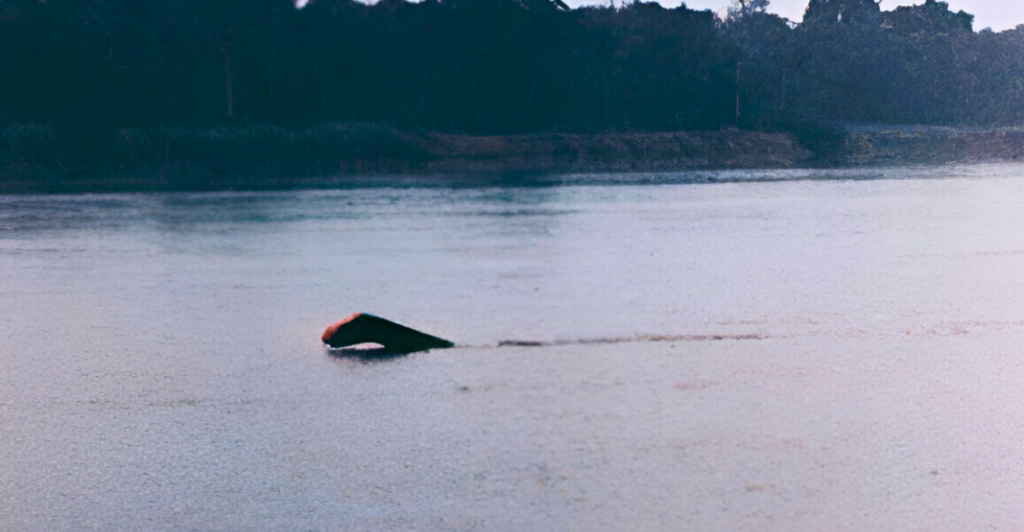
The Mokele-Mbembe’s legend was first shared with people outside of local communities when early 20th-century explorers were told about the animal. Since then, it has sparked the intrigue of both the public and cryptozoologists.
The folklore and legend surrounding the legendary creature only increased in popularity in the West as works of fiction like Henry Francis’ 1908 book The Last Haunt of The Dinosaur sparked interest across the world. Many people’s imaginations were fueled by the desire to find surviving prehistoric animals deep in Africa’s remote places.
The concept of a living dinosaur in the Congo Basin reflected the imagination of people around the world, and since then, sightings of the legend have only increased.
Folklore
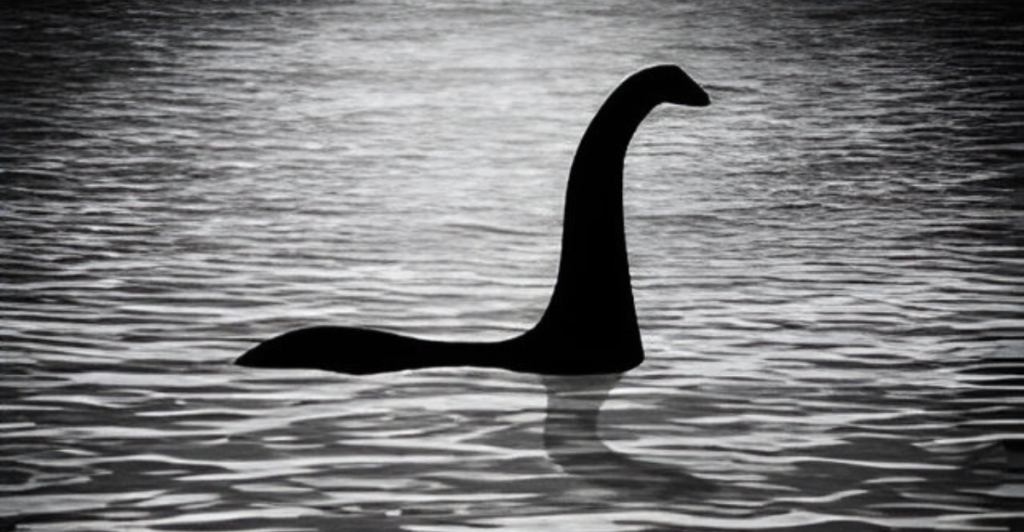
Folklore plays a pivotal role in shaping public perceptions about mysterious and magnificent creatures living on our planet, hiding just out of view. The Mokele-Mbembe is one such folklore creature, inspiring local stories and legends that often influence what people expect to see in isolated nature.
This phenomenon often leads to inaccurate accounts with misidentifications. A great example of this is the sightings of the elusive and nocturnal pygmy hippo, which was first misidentified as a giant pig.
This shows how people who are unfamiliar with local fauna can make inaccurate assumptions about the animals they see. Folklore can also evolve alongside environmental changes, like animals moving to new habitats because of habitat destruction.
Environmental Changes
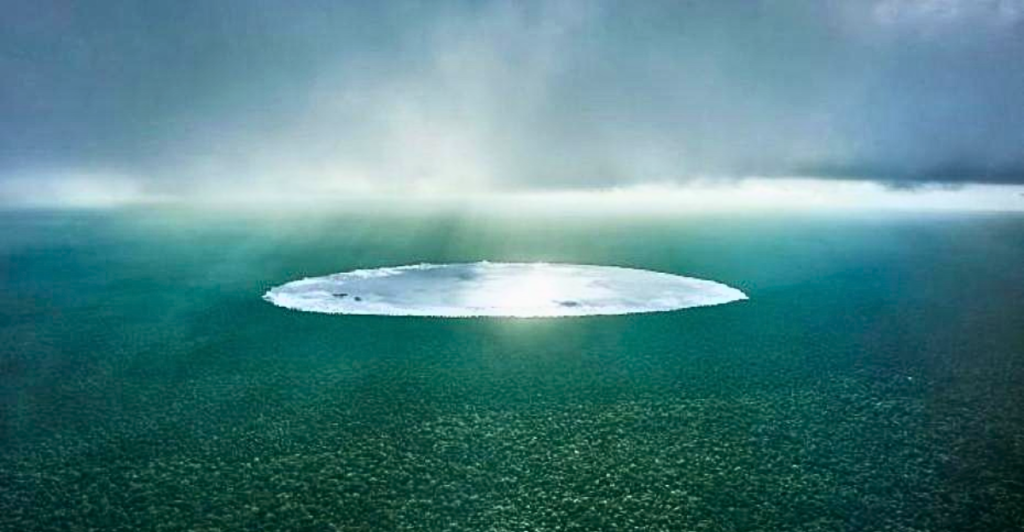
The Congo Basin has seen significant deforestation in recent years which could contribute to the increasing accounts people are having with the Mokele-Mbembe. 23 million hectares of forest were cut down between 2000 and 2016, and recent data has shown that this is still increasing.
With less tree cover, habitat destruction is forcing animals out of their natural environment, and with humans encroaching onto their territory, human-wildlife interactions are becoming more likely. These encounters can lead people to make misleading accounts of what they saw, especially if they are seeing an animal they are not familiar with.
The loss of tree cover also means that terrain is easier to spot from further away, taking away many animals’ privacy, and leading to long-distance sightings that may be hard to make out.
Misidentification
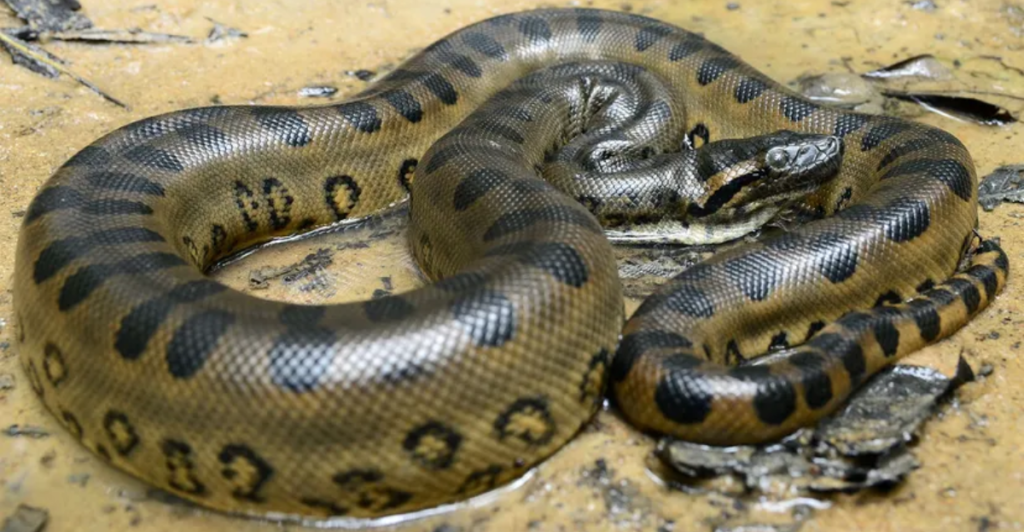
With the reports of this fascinating and legendary animal only increasing, many people don’t know what to think while others believe that the majority of these sightings can be chalked up to simple misidentifications.
There are a few species of animals in the region that could be mistaken for another creature if light levels are low, they are over a distance, or they are partially covered. The most likely species are large snakes and softshell turtles that frequently inhabit these regions.
Past reports from Lake Tele claimed that a strange new animal had been spotted. This is attributed to the discovery of the African Softshell Turtle, which had never been identified before. This highlights how never-before-seen species can also attribute claims of legendary animals.
Psychological Factors
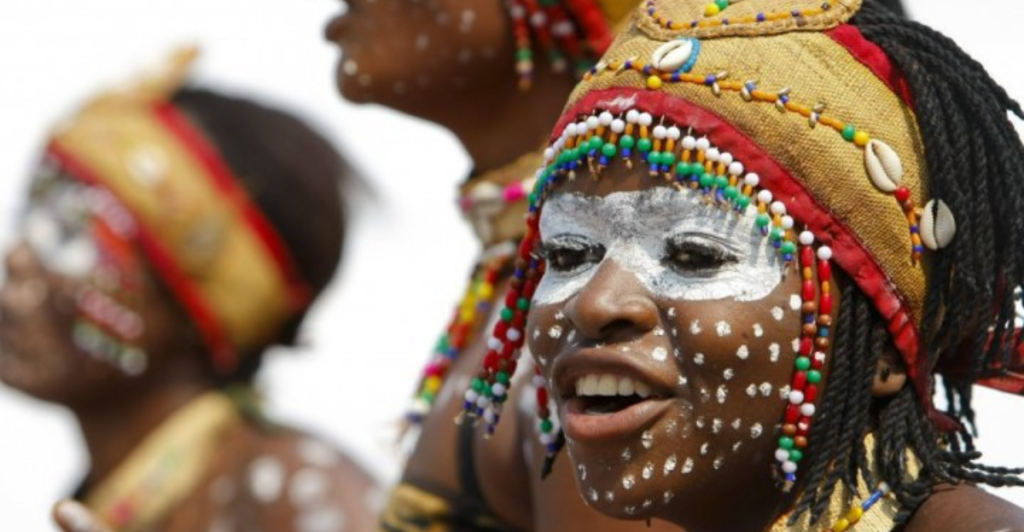
There are psychological factors that can also contribute to the presence of Mokele-mbembe and its frequent sightings in the Congo Basin. People are prone to recognizing patterns and remembering stories, such as folklore.
With this bias in their mind, they may come to conclusions that their culture will explain, rather than science. This can lead to embellishments being made over time, especially in the case of people romantisizing the idea of discovering a new and awe-inspiring species.
Curiosity is in human nature, which makes them more likely to misinterpret ambigious sightings and draw the wrong conclusions as to what they’ve seen.
Ecological Impact
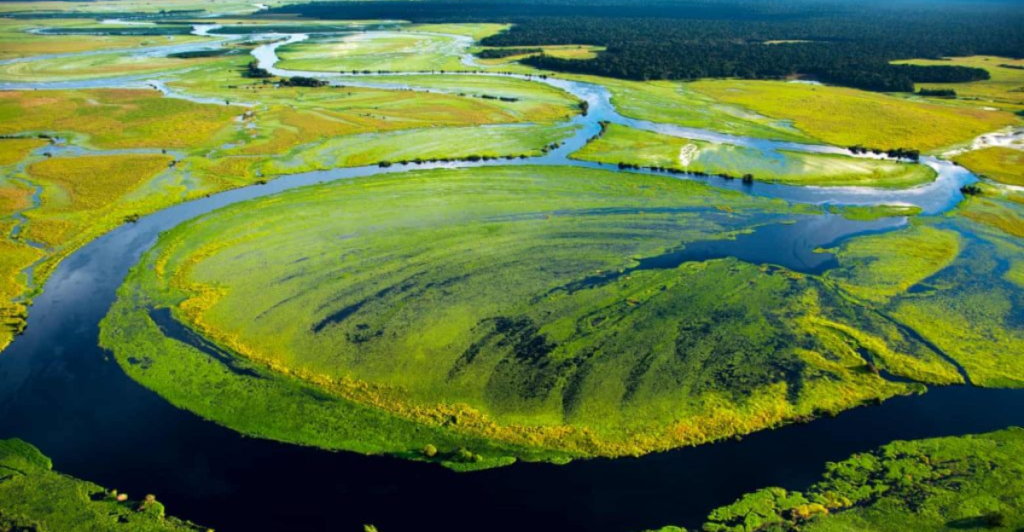
The ecosystem in the Congo Basin is an important environment with a lot of biodiversity, meaning that there are many different species that work together in an interconnected habitat. With such a wide variety of animals, there is more chance to see unfamiliar animals, fueling explanations in the absence of knowledge.
The Congo Basin is a vital piece of nature, with amazing carbon sink capabilities. Unfortunately, the ongoing deforestation affects local wildlife as well as its ability to combat climate change.
Conflicts and misidentifications are becoming more common as animals are forced to migrate into more urban areas. This shift in the ecosystem highlights the need for conservation efforts to protect nature and cultural heritage among local communities.
Scientific Perspective
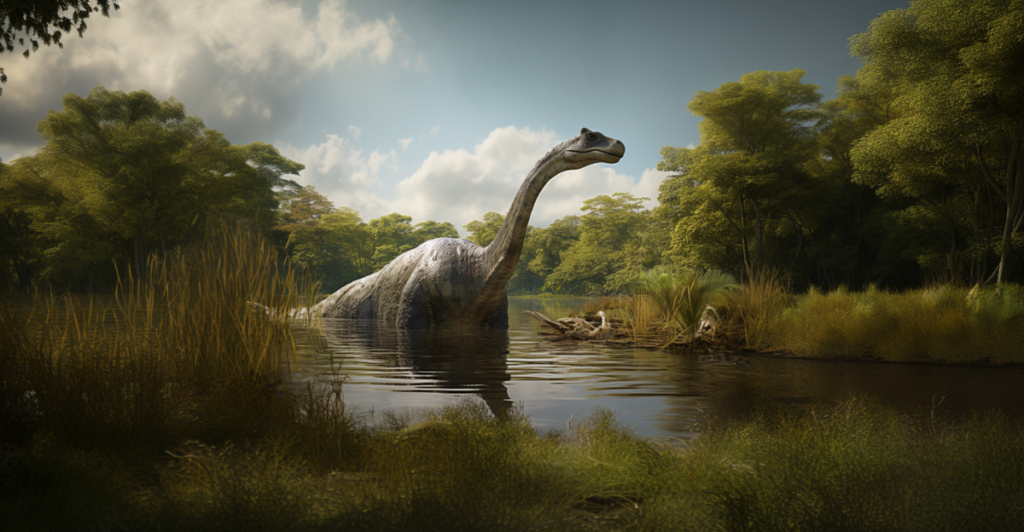
While the increasing sighting of Mokele-mbembe are serving to fuel intrigue among the public, they do not hold up to scientific speculation. From a scientific perspective, a dinosaur-like animal living in the Congo Basin is extremely unlikely.
Dinosaurs have been extinct for millions of years, dying out at the end of the Cretaceous period. Any species that did survive would have had to have made dramatic evolutionary changes in order to survive into the modern age and avoid detection until now.
There is no evidence for the Mokele-mbembe, and the implausibility of its existence stamps out any real arguments for the sightings. Scientists rather argue that these sightings, at the extreme end, could possibly point towards undiscovered animal species, but not dinosaurs.
Implications For The Future
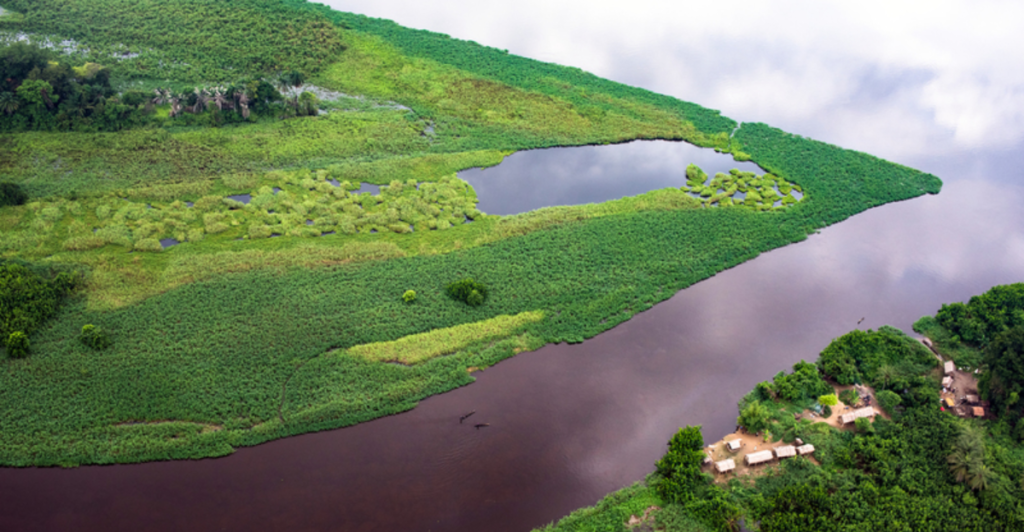
There are implications for future folklore and the Congo Basin ecosystems amidst the ongoing deforestation that doesn’t seem to be slowing down. As more animals see the effects of habitat fragmentation and destruction, they will be forced to find new environments and run into more people.
As interactions between humans and wildlife increase, more misidentifications could be made, only further fueling local folklore.
Educating local communities about the real animals they might encounter and how important it is to protect them and their ecosystems would both reduce the number of misleading accounts and help wildlife conservation efforts.
The Mokele-Mbembe Explained
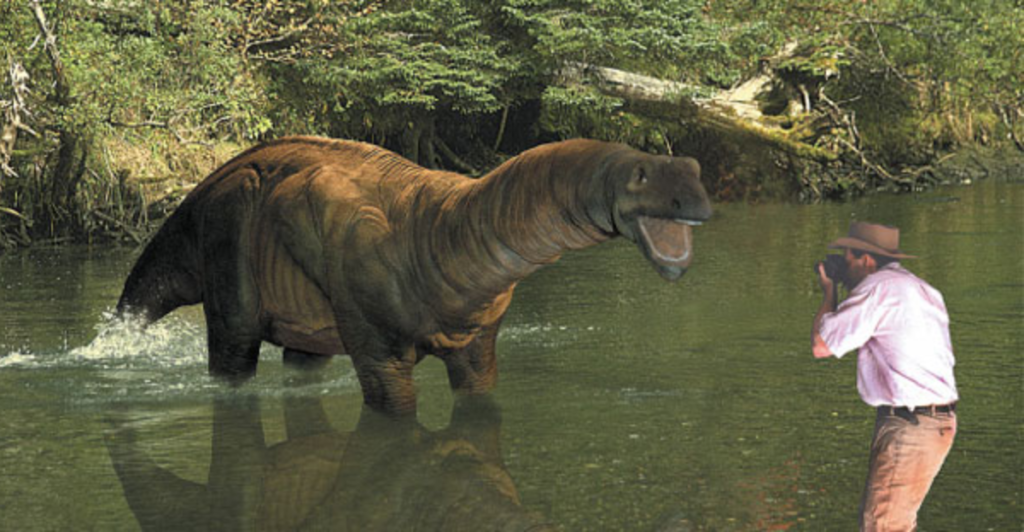
The Mokele-mbembe is a fascinating example of local folklore being more prevalent and thriving in the modern age. The idea of a living dinosaur lurking in remote regions is fascinating and fuels explorations and human curiosity. It is almost impossible and can be explained by other, more grounded factors.
The increase in sightings can ultimately be explained by a variety of factors, including unfamiliarity with local animals, the emergence of undiscovered species, and animals being forced to interact with humans more amidst the destruction of habitats.
More sightings serve as a reminder of continued conservation negligence and how the power of local legends can skew perceptions. The Congo Basin will continue to face ecological destruction, and it will be important to address both the environmental and cultural impacts of these changes.
Explore more of our trending stories and hit Follow to keep them coming to your feed!

Don’t miss out on more stories like this! Hit the Follow button at the top of this article to stay updated with the latest news. Share your thoughts in the comments—we’d love to hear from you!







